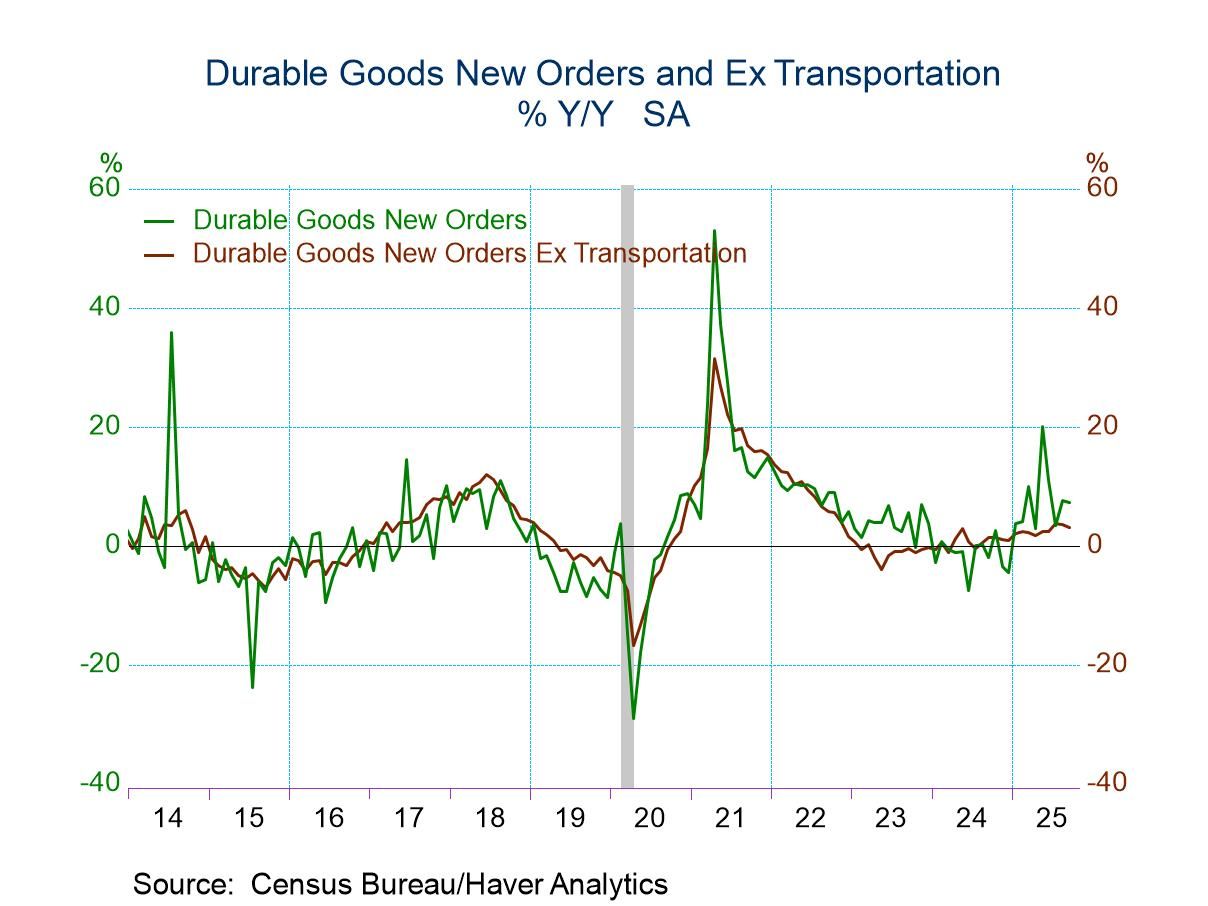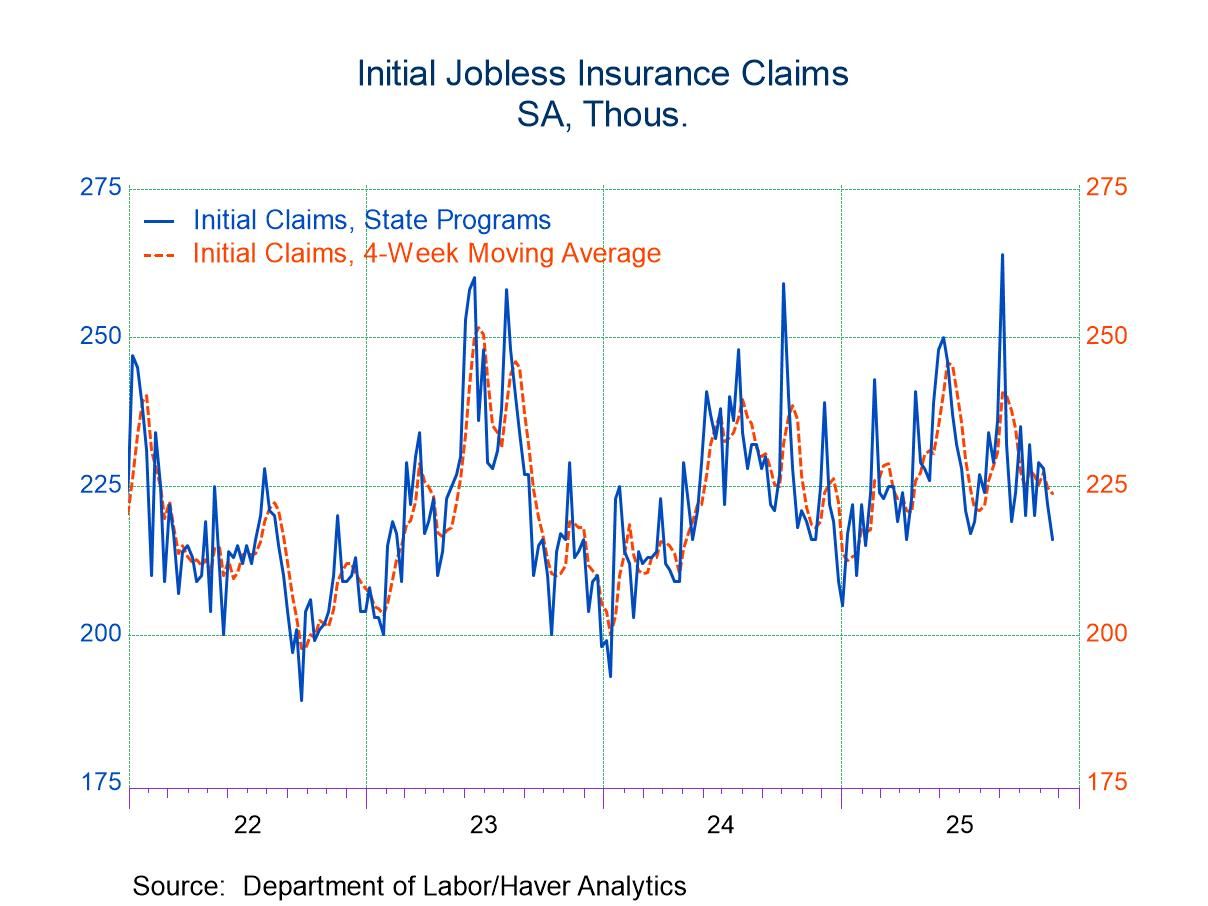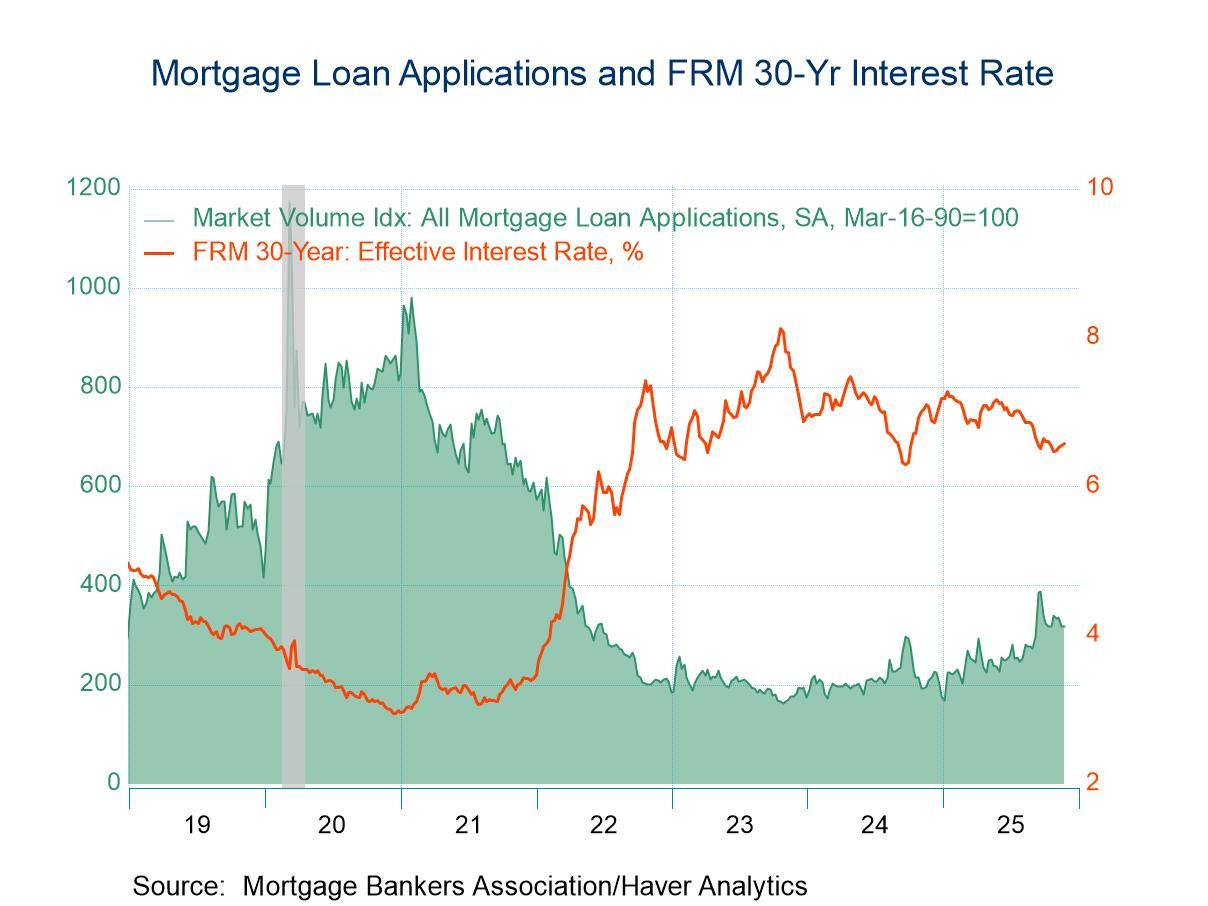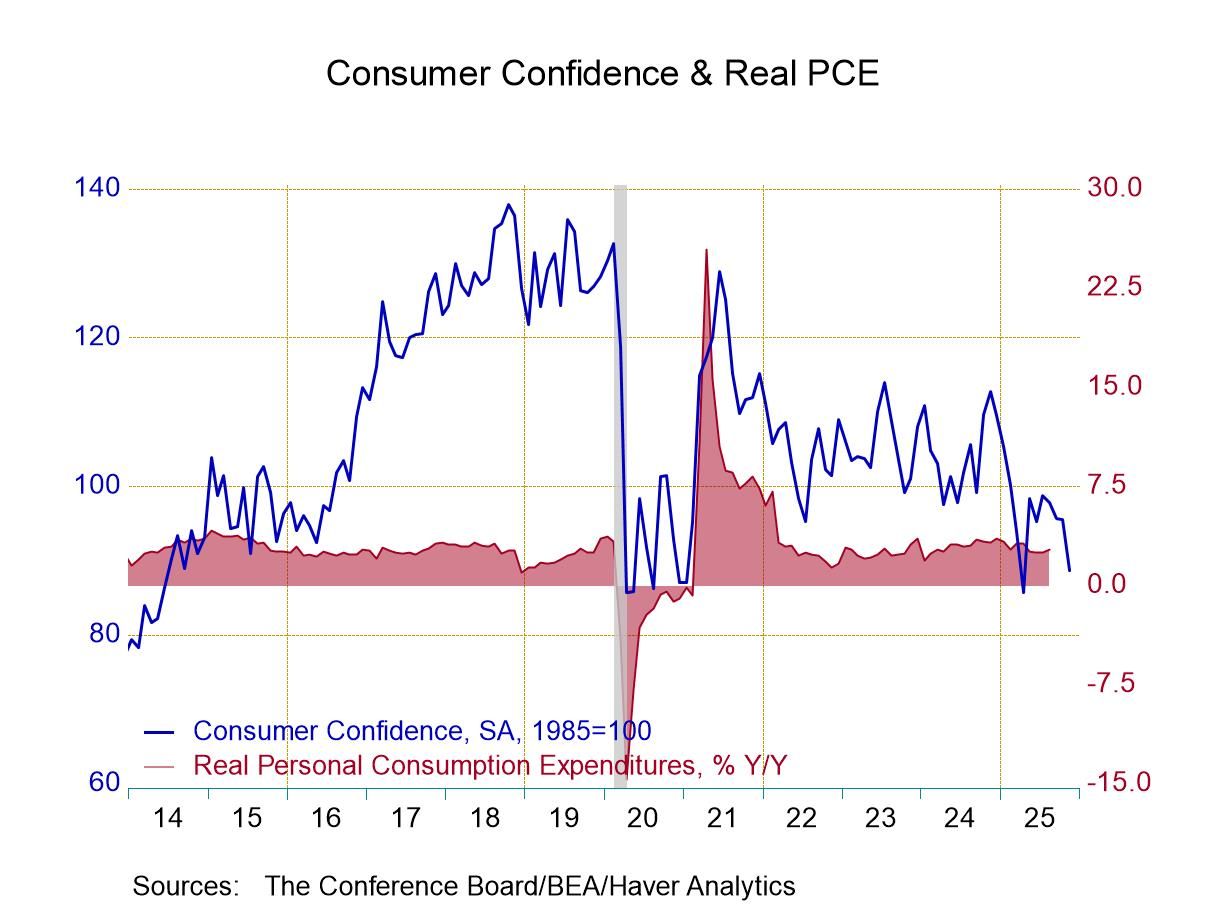 Asia| Nov 25 2024
Asia| Nov 25 2024Economic Letter From Asia: Talking ASEAN
In this week’s letter, we focus on Southeast Asia (ASEAN). While exports have become increasingly important to ASEAN economies as drivers of real GDP growth, secondary growth drivers offer a buffer in the event of dampened external demand. A deeper look at the composition of ASEAN’s export value added reveals that intermediate goods account for the largest share, compared to finished goods. This highlights the region’s key role as a hub in the global supply chain. We also explore the differences among ASEAN economies. On the one hand, resource-rich countries like Indonesia and Malaysia benefit from their role as exporters of raw or partially processed commodities. On the other, resource-scarce economies like Singapore have carved out a niche in higher-end manufacturing, often relying on inputs from other regions.
Overall, ASEAN remains a bright spot for growth, with IMF forecasts suggesting that the region is poised to outpace other Asian economies, including China, over the next decade. However, the region’s prospects are not without risks. The US trade deficit with many ASEAN economies, particularly Vietnam, could provoke trade-related actions from US President-elect Trump. Ironically, Vietnam’s rise—largely driven by its strategic positioning amid US-China tensions during Trump’s first term—may also lead to increased scrutiny in his second term. Finally, we examine the industrial policies of certain ASEAN economies, particularly Indonesia. While the success of its nickel ore export ban is notable, similar export bans on commodities like bauxite have had more mixed success.
ASEAN’s place in trade and the world Trade has long been crucial to the economies of Southeast Asia (ASEAN), with export revenues serving as a significant driver of growth for several countries in the region. In recent quarters, this role has become even more pronounced, as evidenced in Chart 1, which shows rising export contributions to growth for Malaysia, Thailand, and Indonesia. In contrast, the Philippines continues to struggle to generate growth from its exports. However, unlike advanced Asian economies such as South Korea and Taiwan, many ASEAN countries have benefited from strong secondary growth drivers, particularly private consumption. A robust domestic consumer base has supported business activity across the region. This dynamic provides a buffer in times of reduced global demand, which may dampen export performance. Even if external conditions weaken, these economies may still rely on internal demand to sustain growth, provided their domestic situations remain stable.
Chart 1: ASEAN-5's exports contribution to y/y real GDP growth

Diving deeper into the details, we find that while they share certain similarities in their export profiles, they also exhibit significant differences. Starting with the similarities, as Chart 2 shows, most of the value added in the exports of ASEAN-6 economies comes from intermediate goods, highlighting the region's critical role as both a hub and source of inputs for finished goods within the global value chain. Additionally, in many of these economies, the share of value added from agricultural and mining goods is notably high, with some nearing 100%. This suggests that these countries benefit from their natural endowments and play a key role in supplying raw commodities—such as metals from mining and food products like rice and palm oil.
We turn next to examine a few points of distinction between the ASEAN-6 economies. Take Singapore, for example, where the proportional domestic value added in exports is relatively low compared to its regional peers. This points to a significant share of value being contributed by foreign economies before the goods are exported. Singapore's lack of natural resources, unlike its neighbours, explains its reliance on external inputs to add value within the global value chain. A similar pattern can be seen across the manufacturing sectors of several ASEAN-6 economies, such as Vietnam, Malaysia, and Thailand. These countries typically receive parts from abroad, add value through processing, and then export either finished goods or intermediate goods for further production elsewhere in the global supply chain.
Chart 2: ASEAN-6's domestic value added in exports

Turning to growth opportunities in the ASEAN-6, Chart 3 shows that the region is expected to deliver robust economic growth in the coming years, according to IMF forecasts. This makes ASEAN-6 an attractive investment destination. This is especially true given the anticipated slowdown in growth across other major Asian economies, such as China. In fact, the region's average growth is forecasted to surpass China’s over the next decade. However, digging deeper, much of the growth within ASEAN-6 will be driven by a few key economies, such as Vietnam and Indonesia. On the other hand, Singapore is expected to experience comparatively lower growth, primarily due to its more advanced stage of development. Meanwhile, Thailand continues to strive to unlock its full growth potential while addressing structural challenges.
Chart 3: ASEAN-6 vs. China real GDP growth

Potential impacts of President-elect Trump’s policies
The growth opportunities in the ASEAN-6 region, however, are not without risks—particularly in light of President-elect Trump’s impending return to office and the potential trade-related policies he may implement. As Chart 4 illustrates, the US runs trade deficits with most ASEAN-6 economies, with Vietnam standing out due to its substantial deficit of nearly $119 bln, based on rolling 12-month totals. For context, the US goods trade deficit with Vietnam is so large that it ranks just behind the deficits with China and Mexico, two countries with which Trump has frequently expressed dissatisfaction over trade. This risk is compounded by Vietnam’s heavy reliance on China for many of its imports. Should Trump prioritize bilateral trade balances and take actions, both directly and indirectly, against China, Vietnam may find itself in the crosshairs of US trade actions. Consequently, Vietnam’s economic growth now faces additional risks under the Trump administration, with potential trade measures threatening to drag down its growth if these actions materialize.
Chart 4: ASEAN-6’s USD goods trade balance with the US

Delving deeper into Vietnam, the economy has experienced remarkable growth in recent years, with real GDP accelerating to 7.4% y/y in Q3 2024, a standout figure in the Asian region. This success can be attributed to several key drivers. First, Vietnam has capitalized on the “China Plus One” strategy, where businesses globally seek to diversify their supply chains away from China, attracting significant investment inflows. On the other hand, Vietnam has also benefitted from China’s trade-related challenges, as China has increasingly used Vietnam as a hub to reroute exports. However, Vietnam’s rise amid US-China tensions during Trump’s first term may ironically become a source of greater scrutiny this time around. The US trade deficit with Vietnam has nearly quadrupled over the past eight years, largely driven by surging imports of computers and electronics (Chart 5).
Chart 5: US imports from Vietnam

Industrial policy Finally, we turn to the industrial policies implemented by certain ASEAN economies and their outcomes. In Indonesia's case, the ban on raw nickel exports, enacted in 2020, has proven highly successful. The policy has not only attracted substantial foreign direct investment (Chart 6), with foreign firms setting up refineries in Indonesia to process the nickel for export, but it has also significantly increased Indonesia's share of global nickel production. With no viable substitutes for nickel, global demand—particularly from industries like stainless steel and electric vehicle batteries—seems likely to remain strong in the near term, securing Indonesia's position in the global supply chain. However, Indonesia's attempts to replicate this success with other commodities, such as its bauxite export ban in June 2023, have yielded mixed results.
Chart 6: Indonesia’s realised FDI

Tian Yong Woon
AuthorMore in Author Profile »Tian Yong joined Haver Analytics as an Economist in 2023. Previously, Tian Yong worked as an Economist with Deutsche Bank, covering Emerging Asian economies while also writing on thematic issues within the broader Asia region. Prior to his work with Deutsche Bank, he worked as an Economic Analyst with the International Monetary Fund, where he contributed to Article IV consultations with Singapore and Malaysia, and to the regular surveillance of financial stability issues in the Asia Pacific region.
Tian Yong holds a Master of Science in Quantitative Finance from the Singapore Management University, and a Bachelor of Science in Banking and Finance from the University of London.






